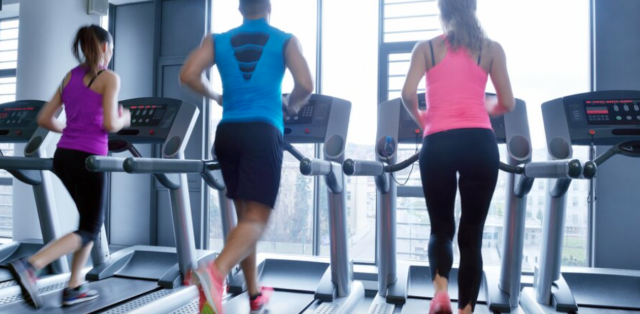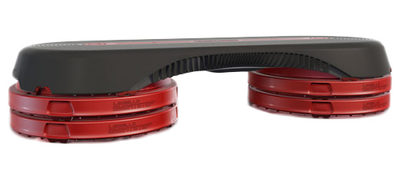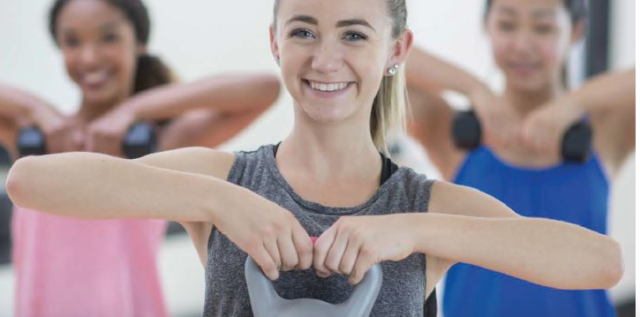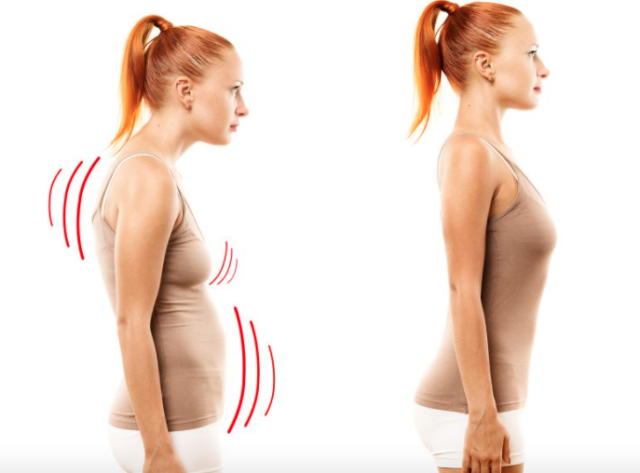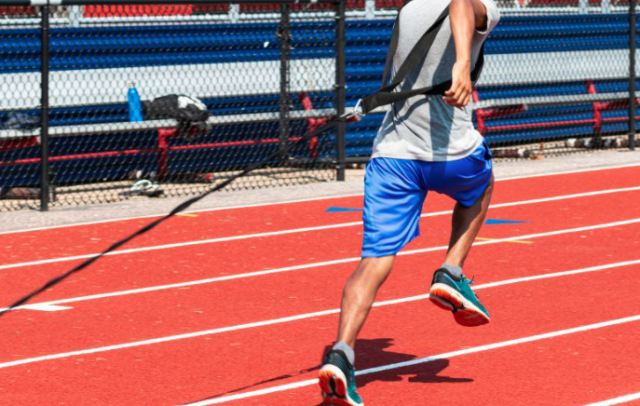At present, the task of attracting adolescents to a healthy and active lifestyle is urgent. It is known that the lack of physical activity affects the general state of health. Those. adolescents who lead a sedentary lifestyle are more prone to fatigue, sudden mood swings, and the development of various diseases.
More and more adolescent clients began to come to fitness clubs. At the same time, the diversity of their needs in sports and fitness is noted. Naturally, fitness clubs and health centers do not disregard this and offer a wide range of services. New sports clubs and sections are opening. It should be noted that adolescence is favorable for learning a variety of motor skills and abilities.
We propose to consider which areas are most popular among adolescents:
- Classes in the gym (minus that many do not use the help of a personal trainer)
- Eastern martial arts (Boxing, Karate, Taekwondo, Aikido, etc.);
- Dance directions (Hip-Hop, Jazz-Funk, Vogue, House, etc.)
- Cross-stitching
- Stretching (stretching)
- Fitness directions ( step aerobics, group strength formats, yoga, etc.)
- Acrobatics
However, with such an extensive choice of directions, coaches do not always manage to maintain a teenager’s interest in training and keep him in his classes for a long time.
Let’s see why this is happening. Let us single out five urgent problems that we may encounter in working with adolescents.
1. Interaction with a new person.
Not all adolescent clients make contact with a new person easily. It depends on a large number of factors (experience, upbringing, fears, etc.). The competence of the trainer is very important here. When establishing contact, it is important for the trainer to show their activity, build trusting relationships with the group, establish contact among the participants (relationships in the group between the practitioners play an important role).
It is worth noting that a trusting relationship does not mean that teenagers should tell you “you” or go to a cafe with you to drink coffee. This means that they should feel your support, trust you. Very often, parents behave strictly with their children; not all families have trust and understanding. That is why the coach is the person who can give the missing emotions.
To create a contact, always start the lesson with the introductory part, where you need to discuss what will happen in the lesson, stipulate the wishes of the teenagers, pay attention to their answers (remember the key points that can be used in interaction).
2. Difficult teenager.
You may have a “difficult teenager” in class who constantly tries to stand out from the crowd and interferes with the training process. At the same time, such a ringleader can affect the rest of the practitioners, then to bring down the entire training process. Here it is important to understand why this is happening and how to cope with it (to cope with it, not to fight it).
Let’s discuss the main 4 points that can be the reason for the complex behavior of a teenager:
- The desire to stand out from the crowd, i.e. get noticed. Reasons: the teenager does not have enough attention from peers, from loved ones, he often hears negative reviews in his address, perhaps he is an outcast in another company.
- Bad relations with colleagues in this group (but here, most likely, this teenager will simply stop going to your group).
- Attempts to prove to the coach that he is not interested and does not need this (usually occurs when parents are forced to sign up for a training session).
- There is no readiness to change the usual way of life (the coach causes protest and rejection in the adolescent because he talks about improving health, appearance, nutritional rules, etc.).
In this situation, the coach will have a difficult time. It will be necessary to find interest for a difficult teenager, i.e. internal motivation, and only a competent coach can handle this. A coach’s mistake is to be provocative, react emotionally and show that such behavior throws you out of balance. Knowledge of psychology will always help in working with difficult clients. We recommend the “Psychologist” course, where you will learn all the nuances of this profession and be able to apply the knowledge gained in practice with your teenage clients.
3. Non-acceptance of oneself.
Complexes, fears, doubts, underestimations, or overestimations are some of the leading problems of a teenager. And the hormones in the blood are to blame, and not the character of the teenager.
Whoever has teenage children has probably noticed frequent mood swings in their children. He had just laughed, and five minutes later he was no longer in the mood, i.e. A teenager for no apparent reason may become irritable, aggressive, cheerful, active, talkative, or taciturn. But a teenager really does not understand what is happening to him, sometimes children even say that they are afraid of the fact that there is no understanding of the reason for such behavior.
If parents, in view of their employment and incompetence in physiology, may not understand the essence of the problem, then the coach must know the peculiarities of physiology and psychology to work with their students, because they leave the teenager alone with themselves (meaning, lack of interests, hobbies, goals, support) not categorically.
4. Health problems.
We meet teenagers with disabilities in our workouts. Therefore, the trainer must necessarily have the appropriate knowledge to work with such clients. Current courses for study:
- Human Anatomy, Physiology and Biomechanics;
- “Sports medicine and fitness testing” ;
- “Remedial physical culture” ;
- Health Fitness ;
- “Human pathology. Course for trainers “ ;
Among the main health problems in adolescents, it should be noted:
- scoliosis;
- flat feet;
- obesity;
- chronic diseases: gastroduodenitis, pyelonephritis, allergic reactions, asthma, neurology;
- exacerbation of chronic diseases that adolescents suffer from since childhood;
- insufficient nutrition, which often leads to anemia, imbalance of micro and macronutrients;
- psychosomatic diseases are noted (complaints of abdominal pain, headache, fever).
* It is worth noting here that such a reaction of the body is very often associated with a difficult relationship with a teacher, coach, parents or classmates, with a rejection of a certain situation. If you have a suspicion of psychosomatics in one of the group members, then you cannot turn a blind eye to this. It is worth talking alone with a teenager, finding an approach. If necessary, discuss all your concerns with your parents.
- problems with the heart and blood vessels (mainly due to the restructuring of the nervous and endocrine systems). Puberty provokes the onset of cardiovascular disease.
* Adolescents often complain of pain in the region of the heart. This can happen because, during this period, the heart rapidly increases in size, and the diameters of large vessels remain rather narrow. This puts additional stress on the heart.
5. Lots of challenges and inconsistency.
The teenage period is associated with leaving school, preparing for exams, and this is a huge stress. At the same time, adolescents often have not one but several hobbies. At the same time, I also want to take a walk with friends. Against the background of fatigue and a large number of demands, there may be a reluctance to practice or a complete refusal from the training process. This is due precisely to fatigue and the inability to distribute the load and rest at this stage. Advice and guidance from the outside will not help here, only clear external support and internal motivation to achieve the training goal (value).

